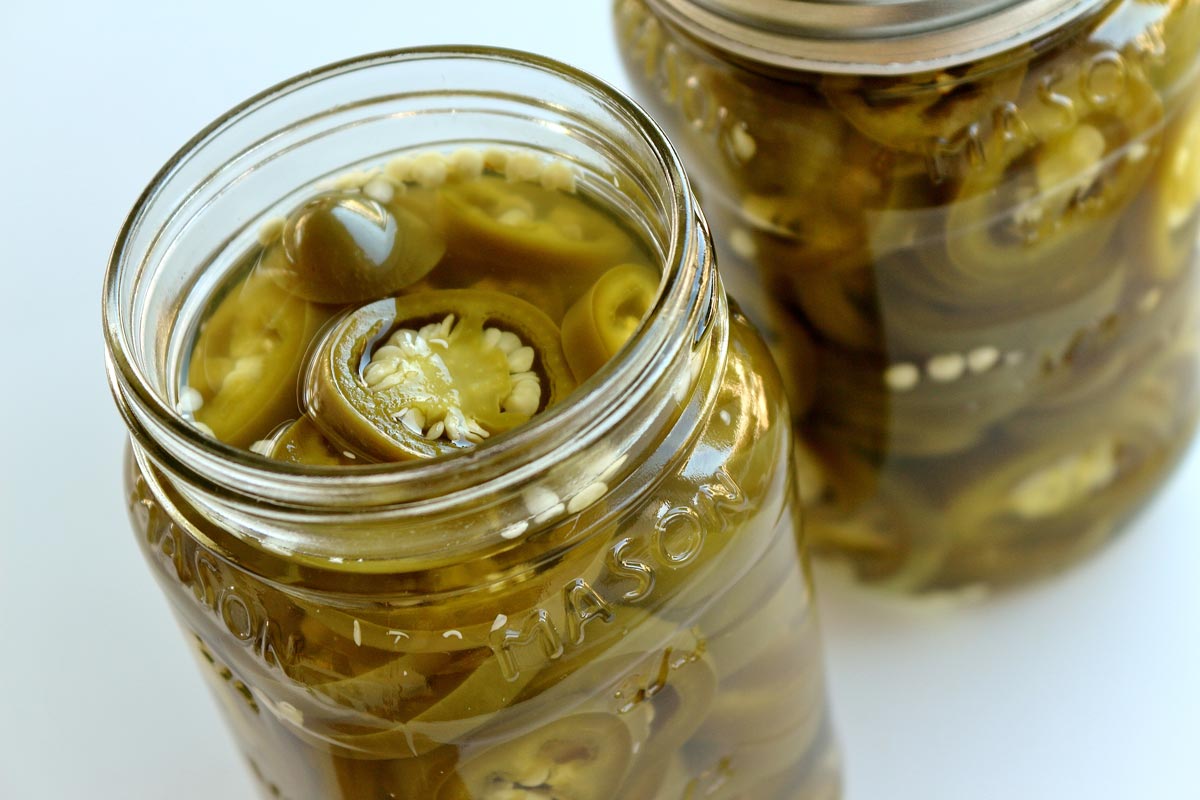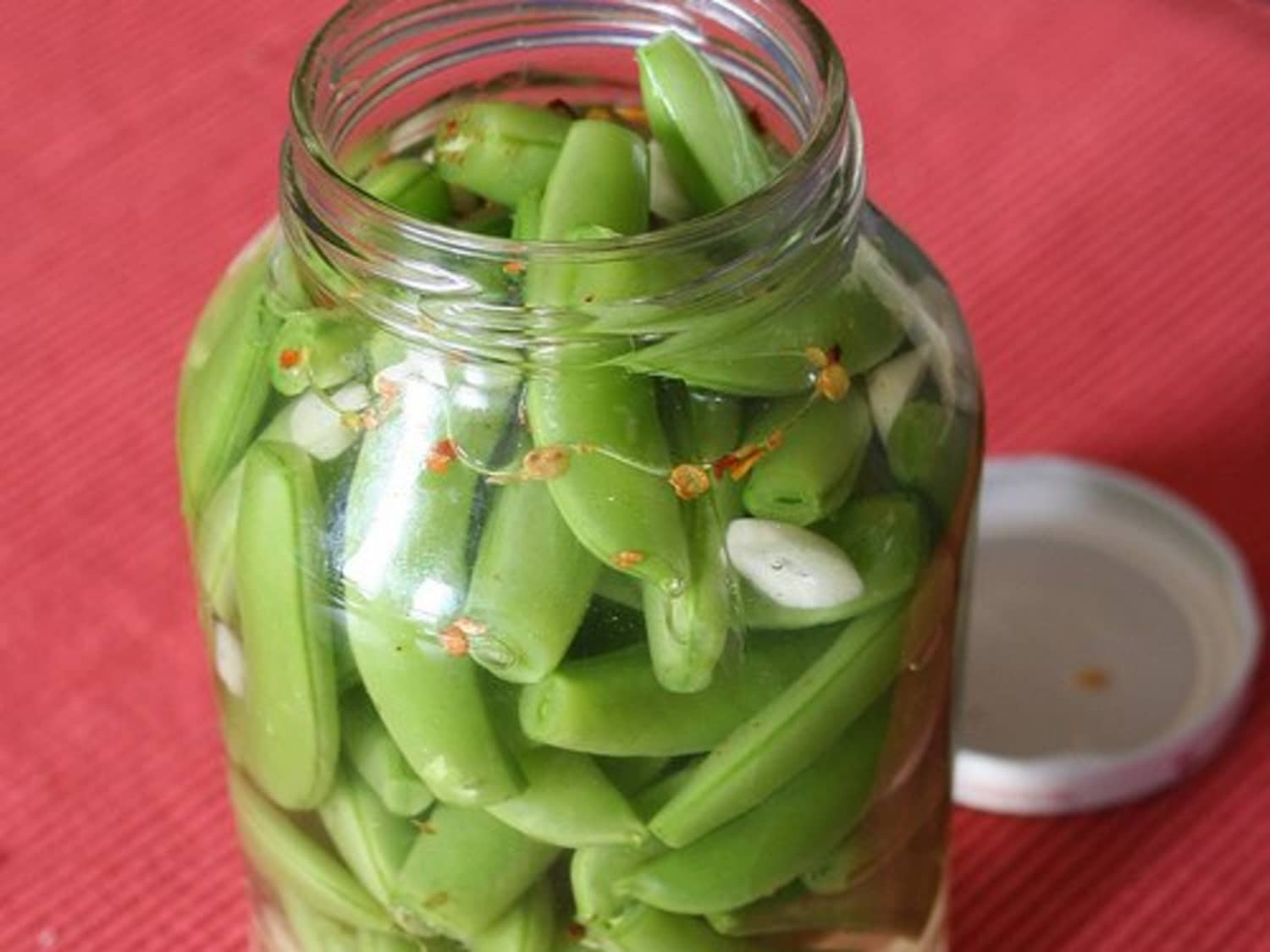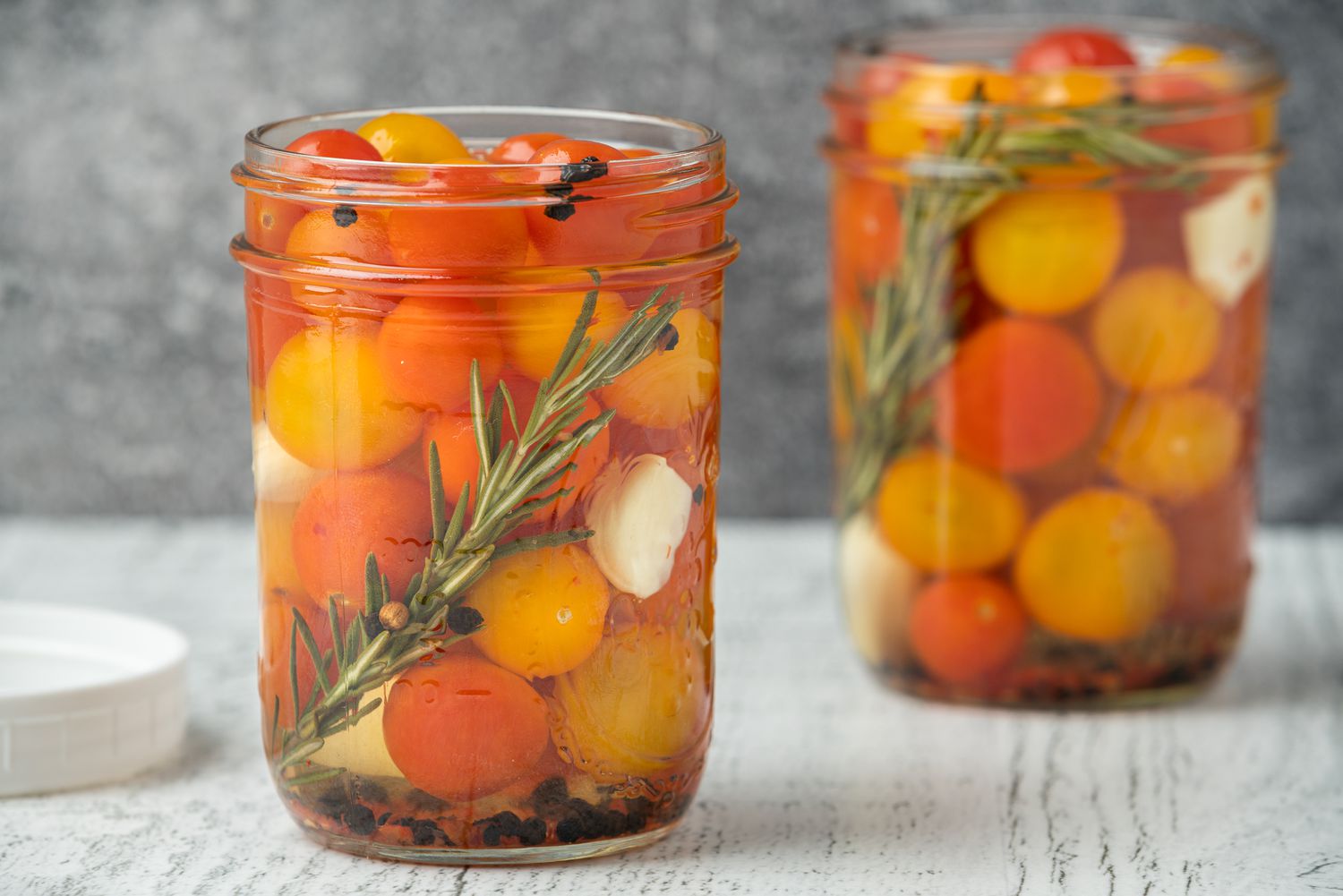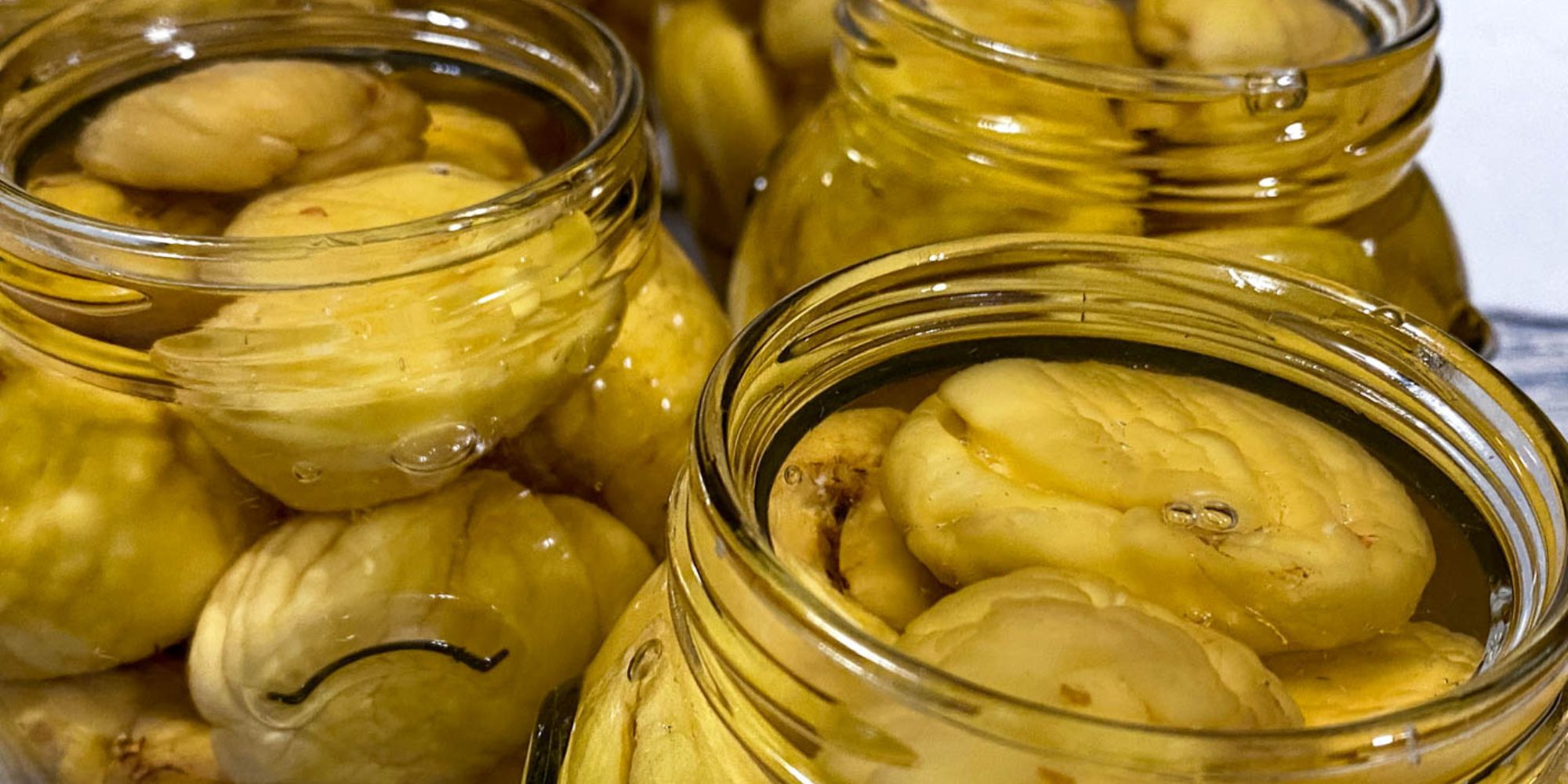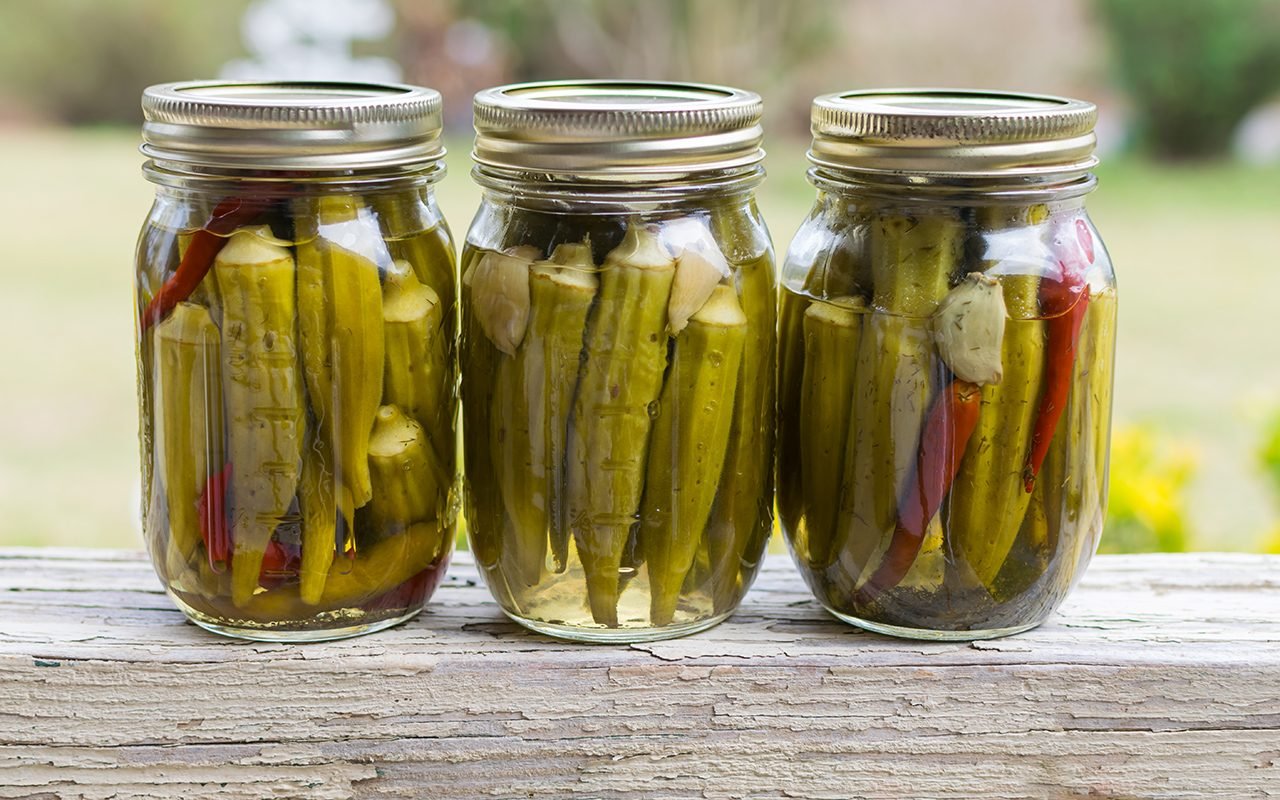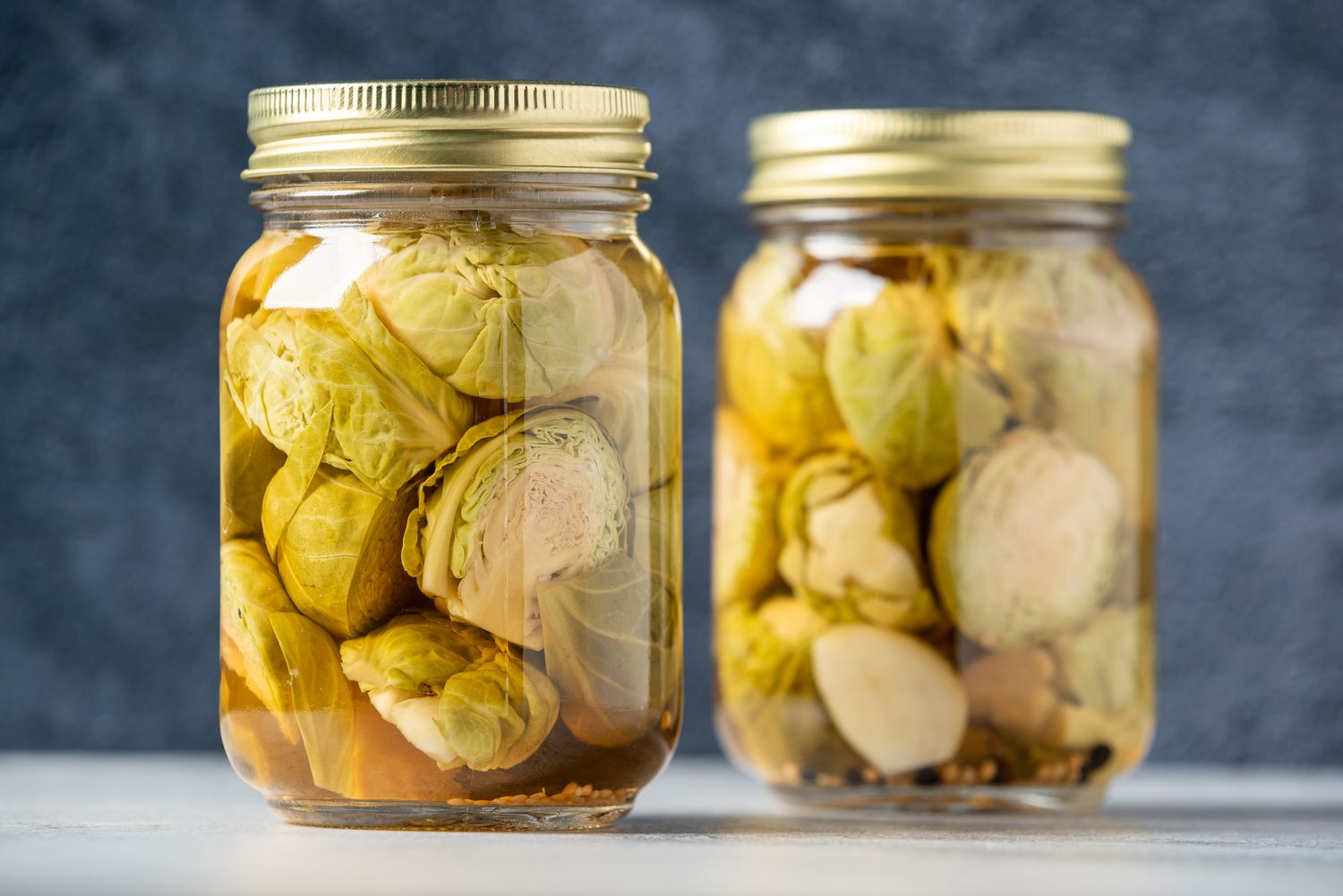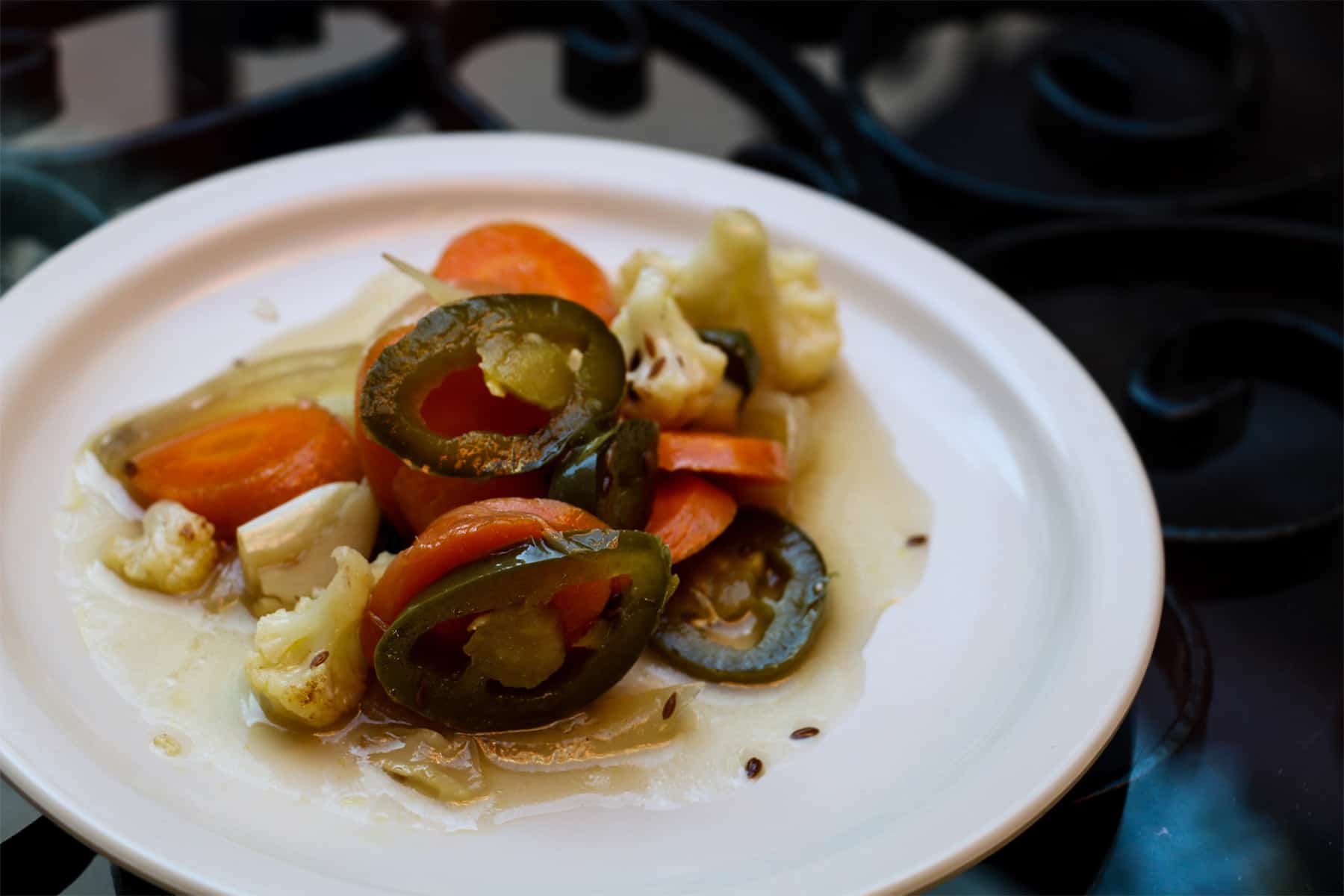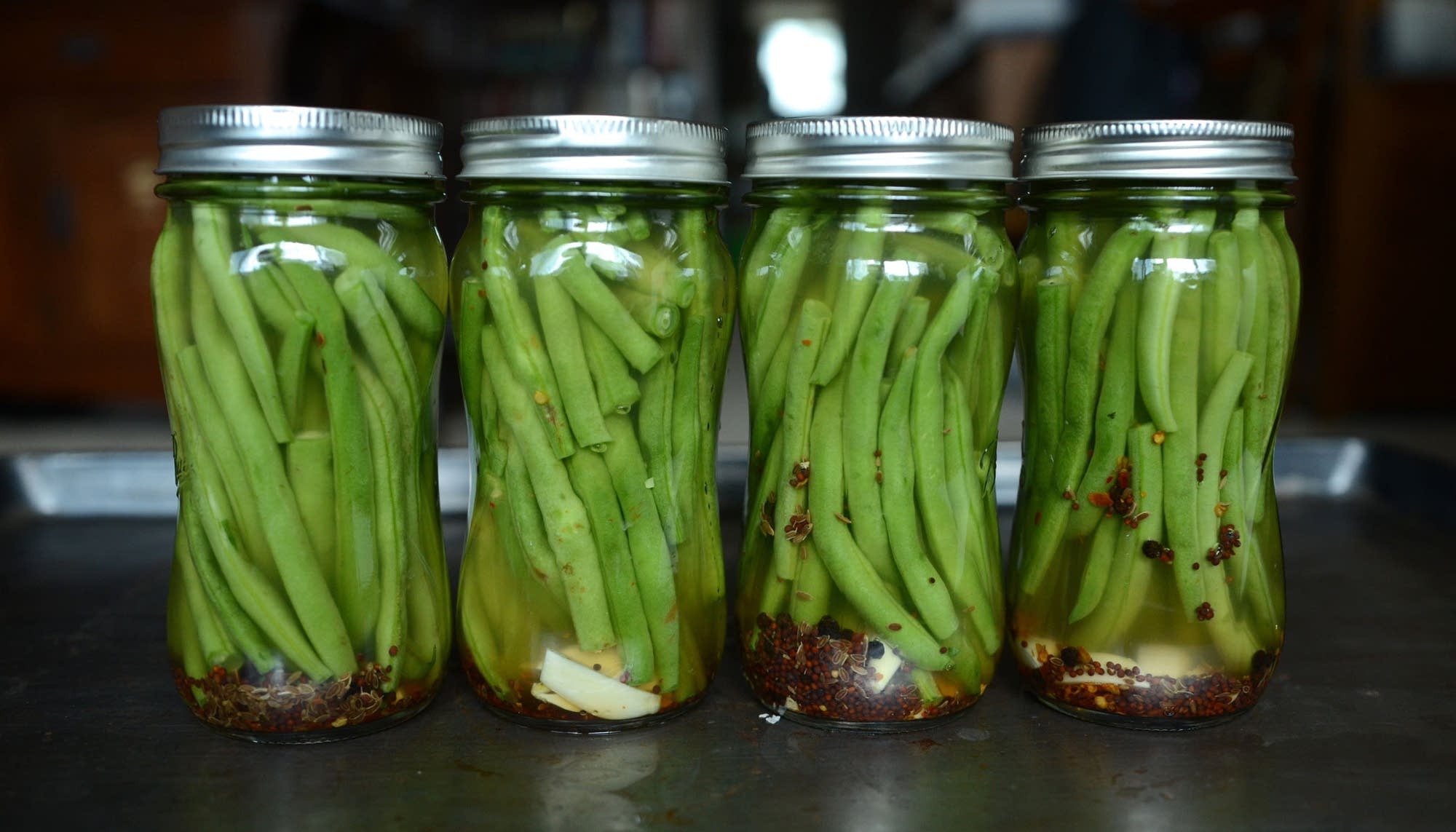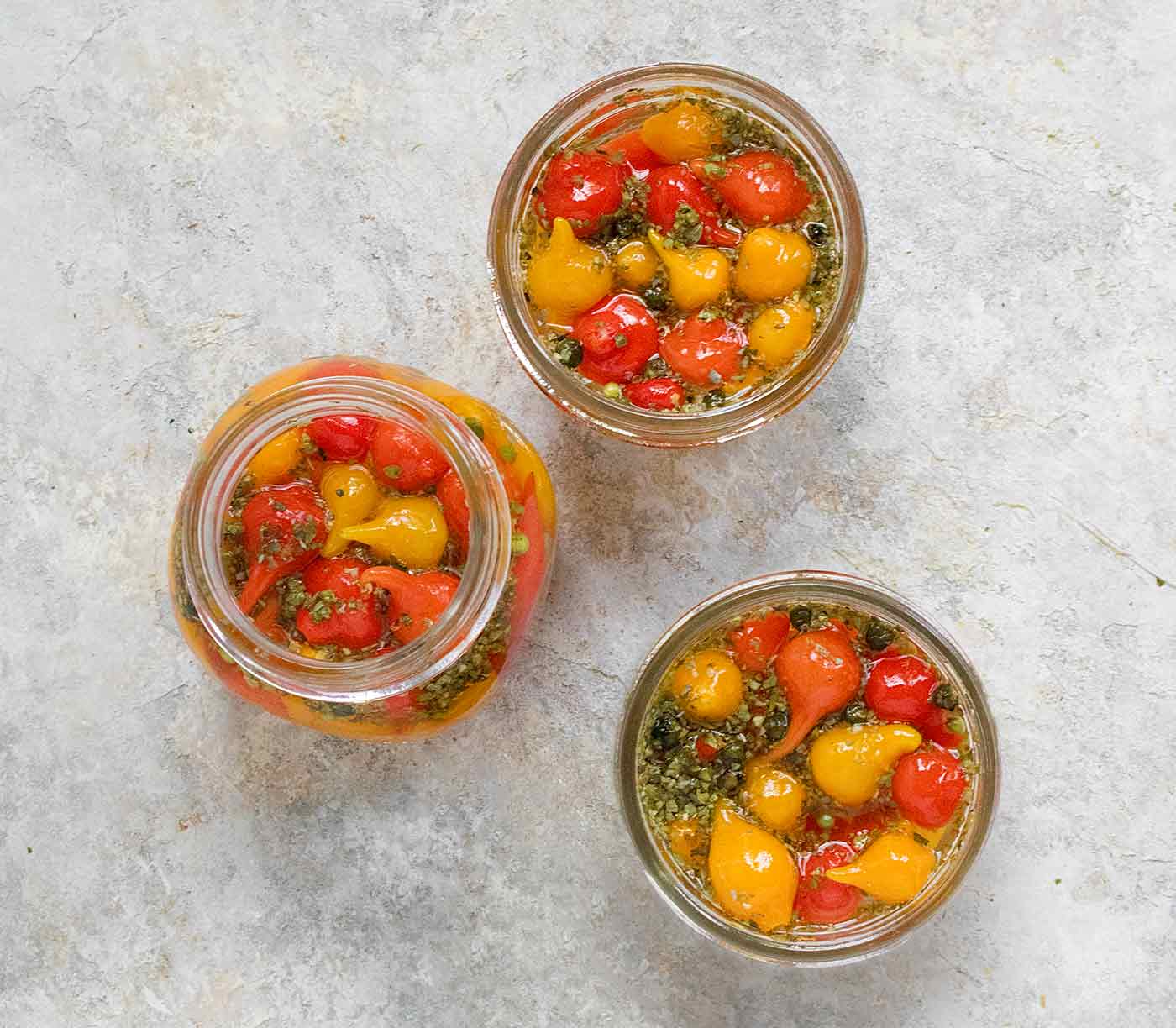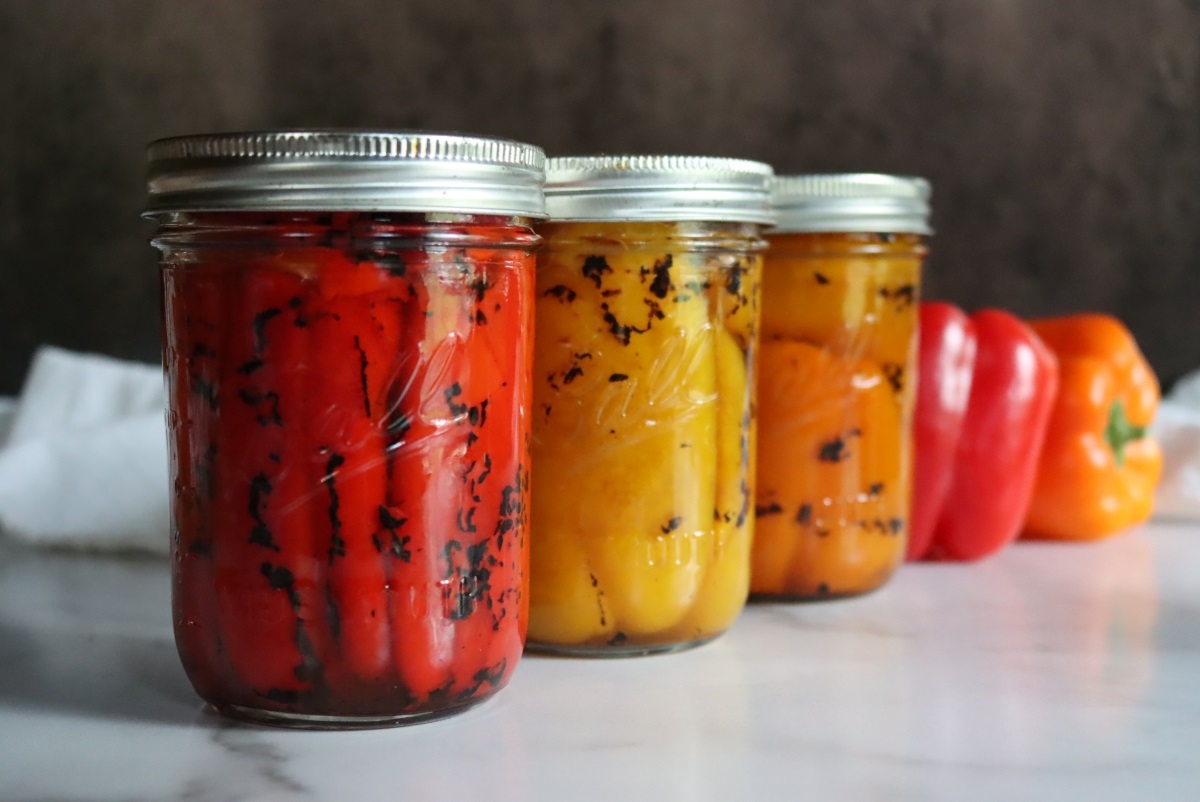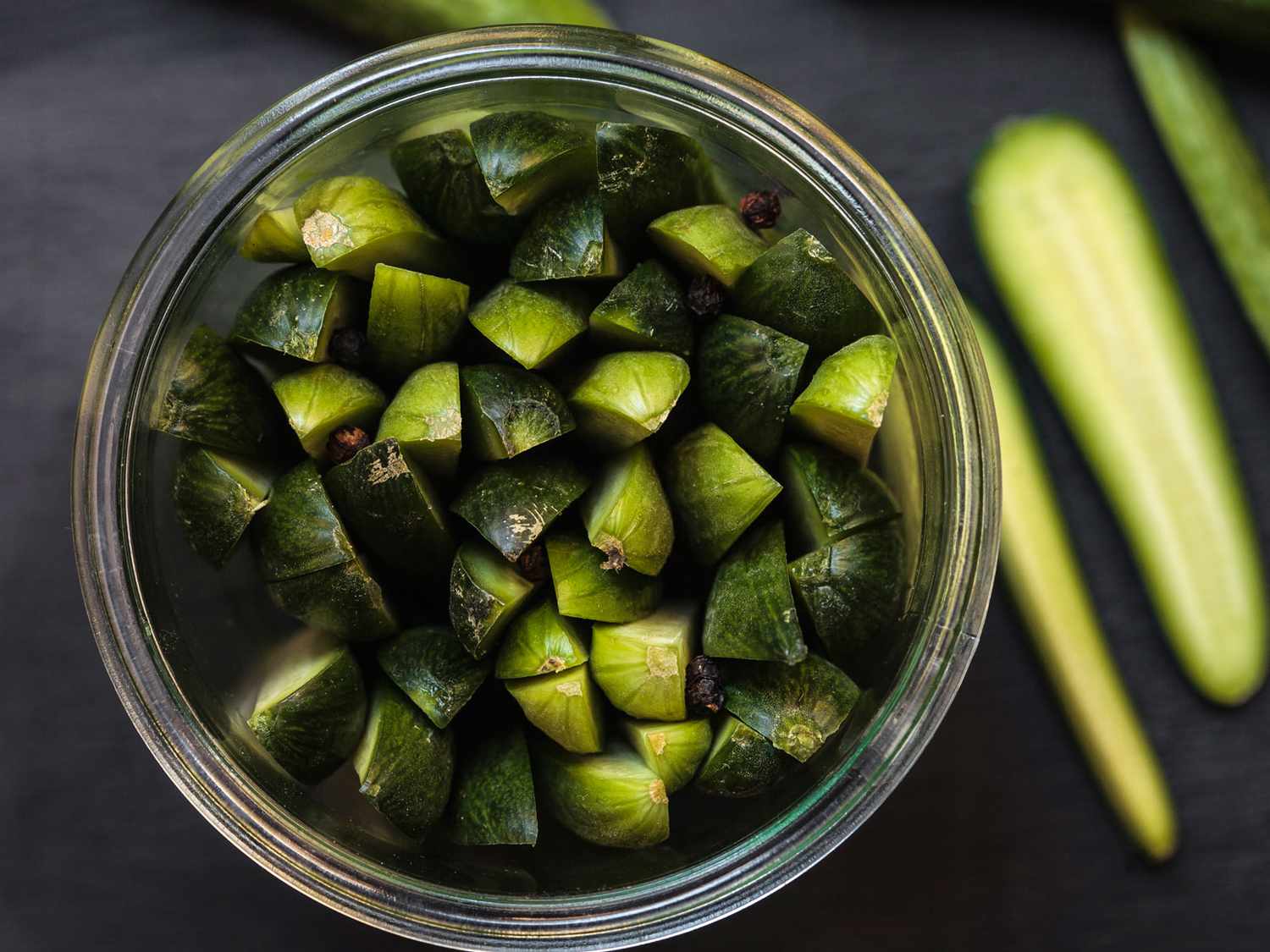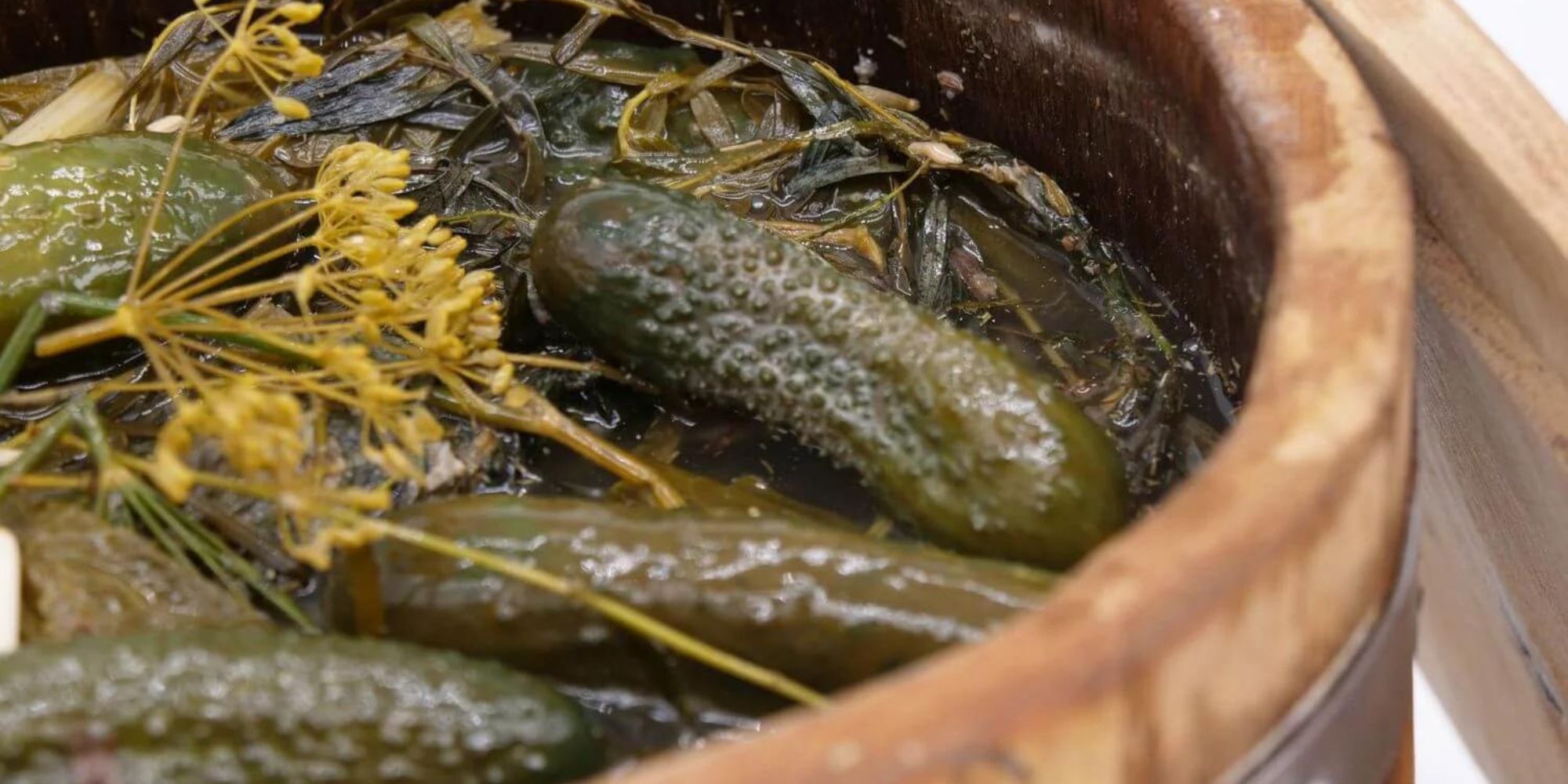Discover the Art of Pickling with Apple Cider Vinegar
Are you a fan of tangy and crunchy pickles? Have you ever considered making your own at home? Pickling is a fantastic way to preserve and enjoy your favorite vegetables and fruits. And if you’re looking for a delicious and healthy alternative to traditional pickling methods, apple cider vinegar is the perfect choice. In this guide, we’ll explore the art of pickling with apple cider vinegar and how you can create your own flavorful pickled treats at home.
Why Choose Apple Cider Vinegar for Pickling?
Apple cider vinegar is a popular choice for pickling due to its mild and slightly sweet flavor. It adds a delightful tanginess to the pickles while allowing the natural flavors of the vegetables or fruits to shine through. Additionally, apple cider vinegar is known for its health benefits, as it contains probiotics and enzymes that can support gut health and digestion.
Steps to Pickle with Apple Cider Vinegar
Ready to start pickling with apple cider vinegar? Follow these simple steps to create your own delicious pickled creations:
- Gather Your Ingredients: You’ll need fresh vegetables or fruits of your choice, apple cider vinegar, water, salt, sugar, and your favorite pickling spices such as dill, mustard seeds, or peppercorns.
- Prepare the Brine: In a saucepan, combine apple cider vinegar, water, salt, and sugar. Bring the mixture to a boil, stirring until the salt and sugar are fully dissolved. This will be the brine that gives your pickles their signature flavor.
- Fill Your Jars: Pack your clean glass jars with the vegetables or fruits and your desired pickling spices. Pour the hot brine over the contents, ensuring that they are fully submerged.
- Seal and Store: Seal the jars tightly and allow them to cool to room temperature. Once cooled, transfer the jars to the refrigerator and let the flavors develop for at least 24 hours before enjoying your homemade pickles.
Experiment with Flavors
One of the best things about pickling with apple cider vinegar is the opportunity to experiment with different flavors. You can add garlic, onions, herbs, or even a hint of sweetness with honey to create unique combinations that suit your taste preferences. Don’t be afraid to get creative and try out new ingredients to elevate your pickling game.
Health Benefits of Apple Cider Vinegar Pickles
Aside from being a delicious addition to your meals, apple cider vinegar pickles offer several health benefits. The probiotics in apple cider vinegar can aid in digestion and support a healthy gut microbiome. Additionally, the pickling process helps preserve the nutrients in the vegetables or fruits, making them a nutritious snack or accompaniment to your favorite dishes.
Enjoy Your Homemade Pickles
Now that you’ve mastered the art of pickling with apple cider vinegar, it’s time to savor the fruits of your labor. Enjoy your homemade pickles as a zesty side dish, a topping for sandwiches and burgers, or a flavorful addition to salads and charcuterie boards. Share your pickled creations with friends and family, and don’t be surprised if they ask for your secret recipe!
With apple cider vinegar as your pickling companion, you can elevate your culinary skills and enjoy a world of vibrant flavors. Whether you’re a pickling enthusiast or a beginner looking to explore new culinary adventures, pickling with apple cider vinegar is a delightful and rewarding experience that’s worth savoring.
Was this page helpful?
Read Next: How To Pickle Japanese Radish Recipe
